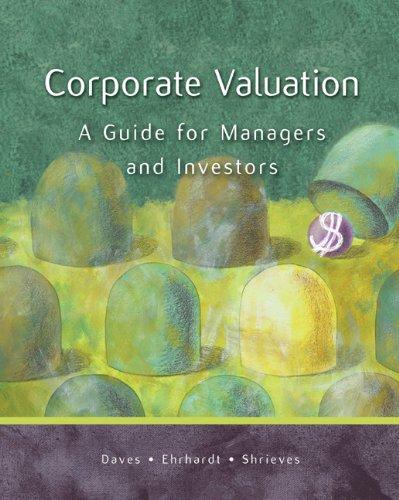The following table lists the correlations between returns of two risky securities and the market portfolio, M, as well as the corresponding standard deviations of returns for the two securities: The expected return of the market portfolio is given as M=12% and the corresponding standard deviation being M=65%. The prevailing risk-free interest rate is rf=1.5%. (a) What are the standard capital asset pricing model (CAPM) betas of the two securities? (b) Compute the equilibrium expected returns of the two securities under the assumptions of the standard CAPM. (c) What are the systematic and unsystematic risks of BHP and NAB under the assumptions of the standard CAPM? (d) Sketch the capital market line (CML), indicating the positions of the risk-free security, the market portfolio, as well as the positions of BHP and NAB. (e) A security analyst claims to be able to make profitable recommendations about when to buy and sell BHP. Suppose a portfolio based on the analyst's recommendations earns a premium of 0.02 over the return predicted by the standard CAPM for BHP. Should a mean-variance-optimizing investor switch from the market portfolio to an investment in BHP, based on the analyst's recommendations? The following table lists the correlations between returns of two risky securities and the market portfolio, M, as well as the corresponding standard deviations of returns for the two securities: The expected return of the market portfolio is given as M=12% and the corresponding standard deviation being M=65%. The prevailing risk-free interest rate is rf=1.5%. (a) What are the standard capital asset pricing model (CAPM) betas of the two securities? (b) Compute the equilibrium expected returns of the two securities under the assumptions of the standard CAPM. (c) What are the systematic and unsystematic risks of BHP and NAB under the assumptions of the standard CAPM? (d) Sketch the capital market line (CML), indicating the positions of the risk-free security, the market portfolio, as well as the positions of BHP and NAB. (e) A security analyst claims to be able to make profitable recommendations about when to buy and sell BHP. Suppose a portfolio based on the analyst's recommendations earns a premium of 0.02 over the return predicted by the standard CAPM for BHP. Should a mean-variance-optimizing investor switch from the market portfolio to an investment in BHP, based on the analyst's recommendations







